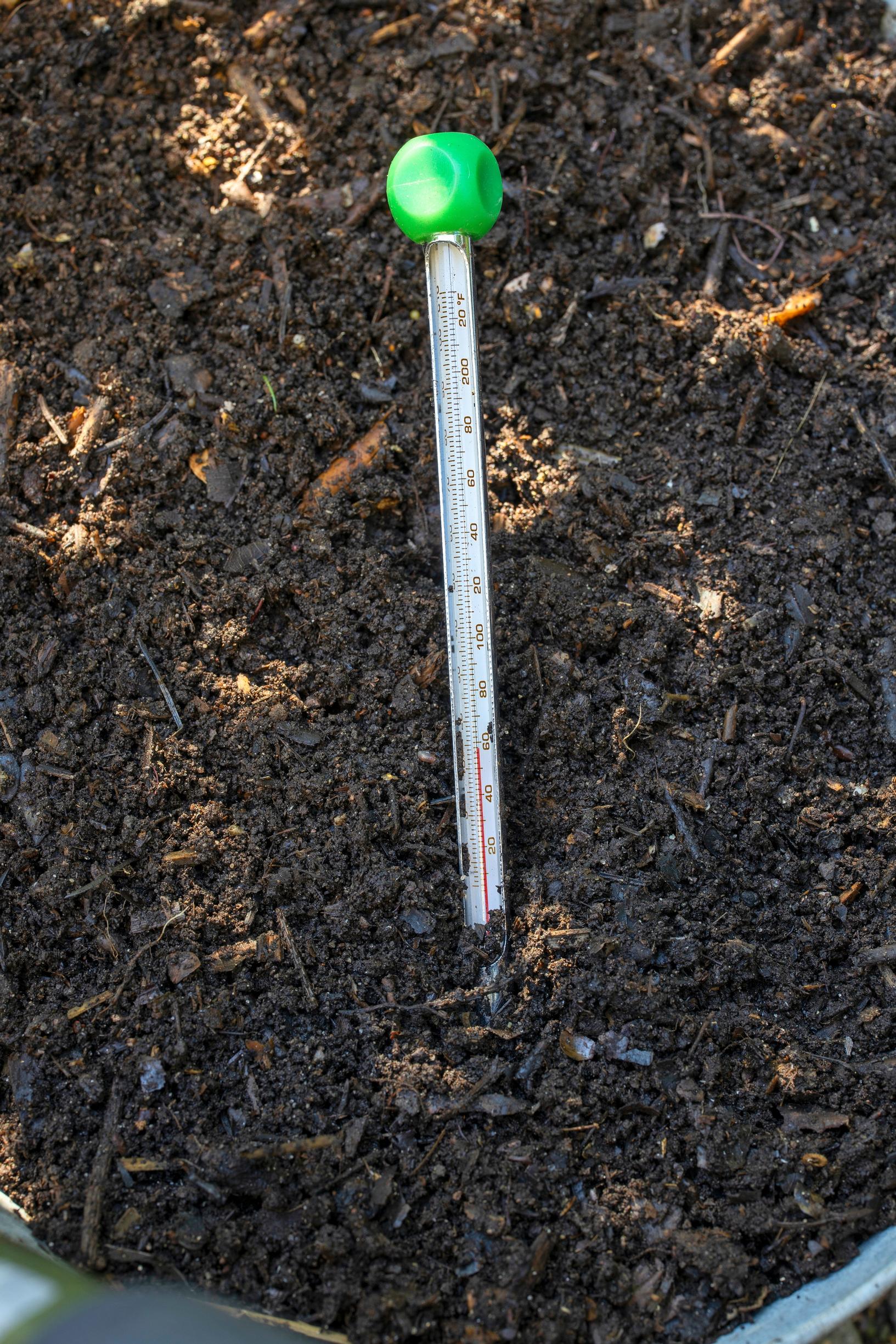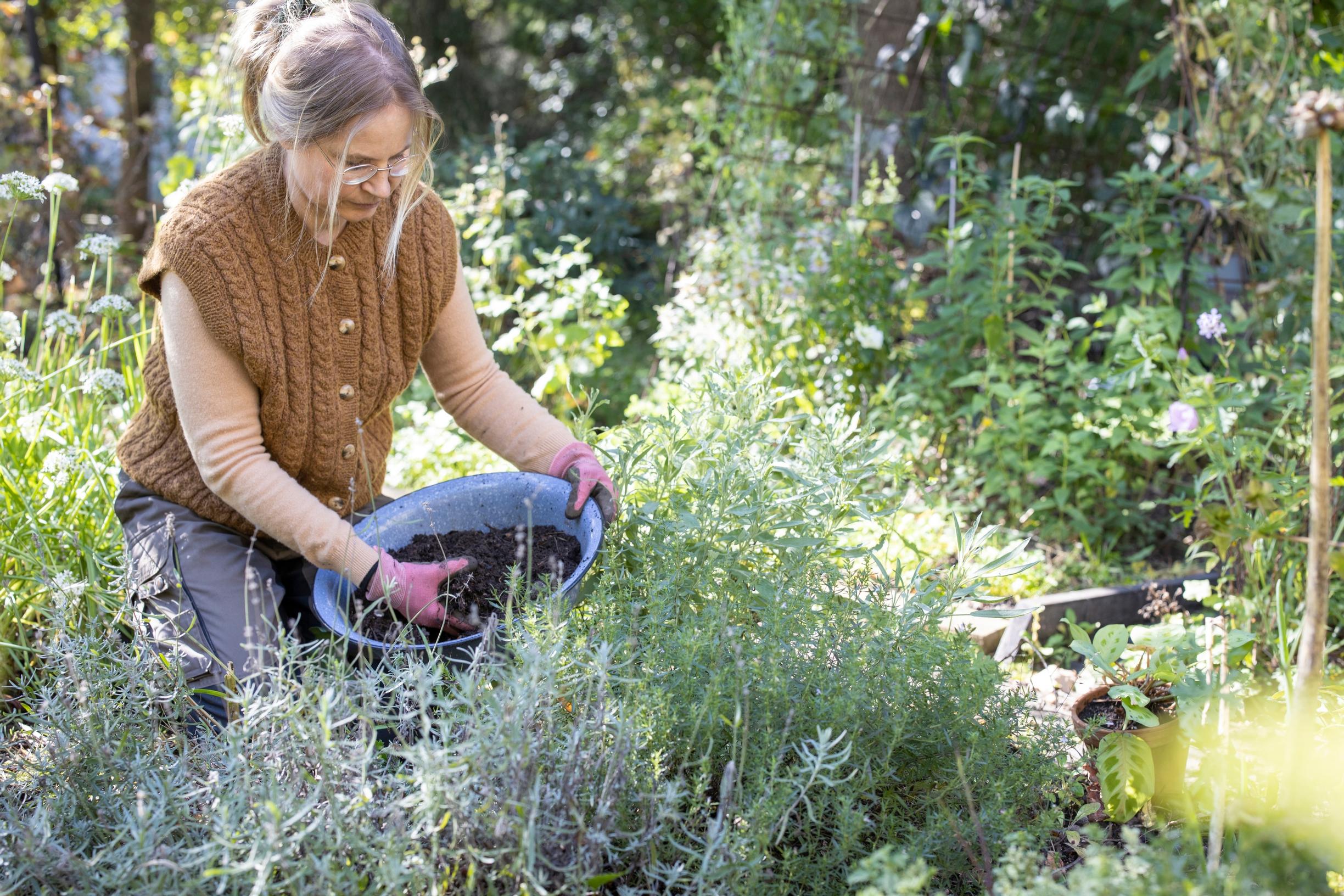
Autumn compost soil: how to make the most of this garden gold in raised beds, as mulch, and in plantings
With mature compost soil, you can fertilize your plants and enrich the ground, suggests horticulturist Outi Tynys. Read on to learn about using semi-mature compost soil, too.
Mature compost soil
Compost soil typically matures after 6–12 months of post-composting. Once it’s mature, it has an earthy smell and looks like soil, though you might still see eggshells or small branch clippings. The nutrients in mature compost are released gradually, feeding plants over time.
Post-composting refers to continuing the composting process of semi-mature mass removed from the composter. You can do this in a compost bin or a pile covered with a tarp.

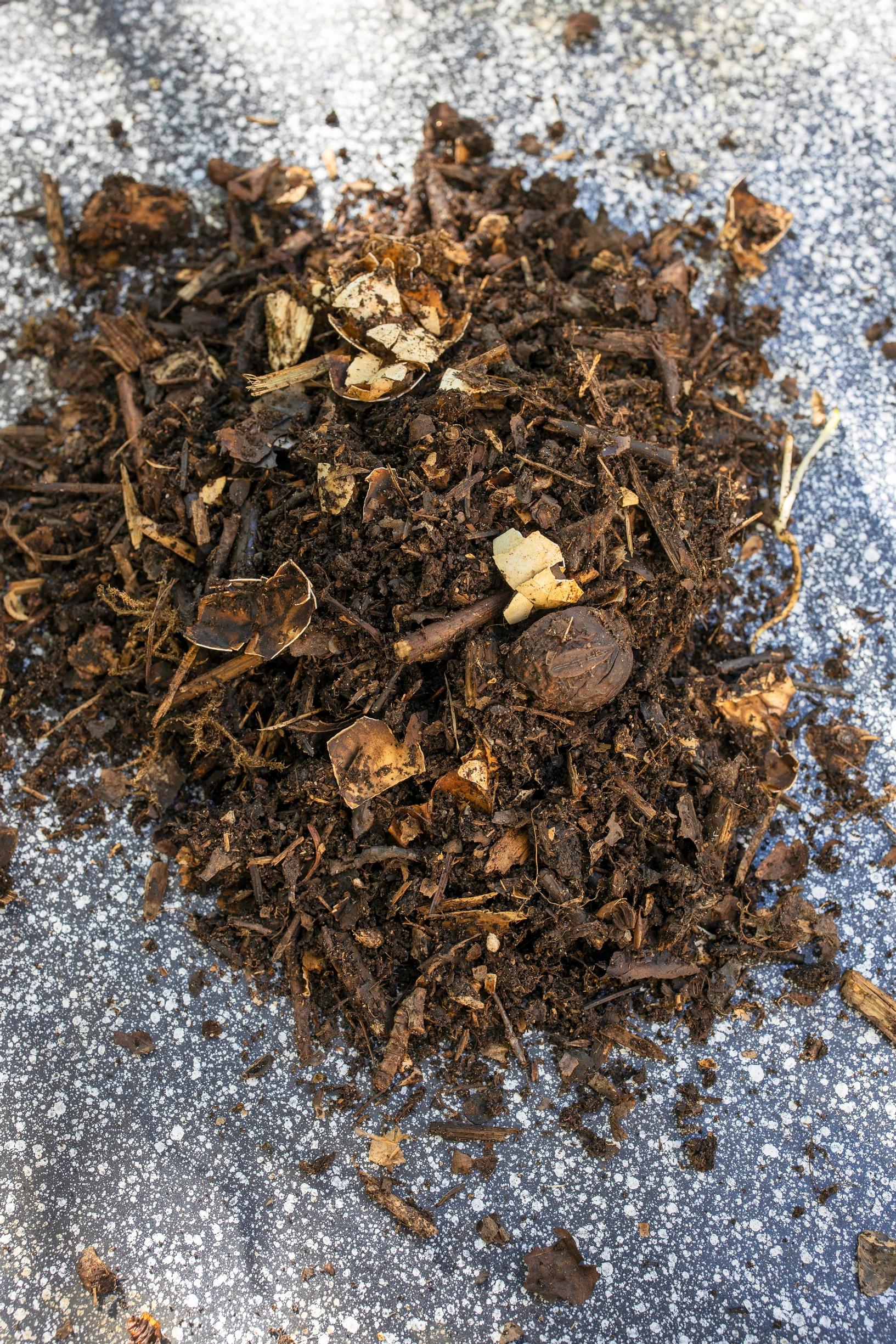
Use in a raised bed
Use mature compost to enrich the soil in your raised bed, so that by spring, it’s ready for planting or sowing. Spread a layer of leaves or green matter on top as mulch. Continue adding these through autumn, so the soil stays covered all winter.

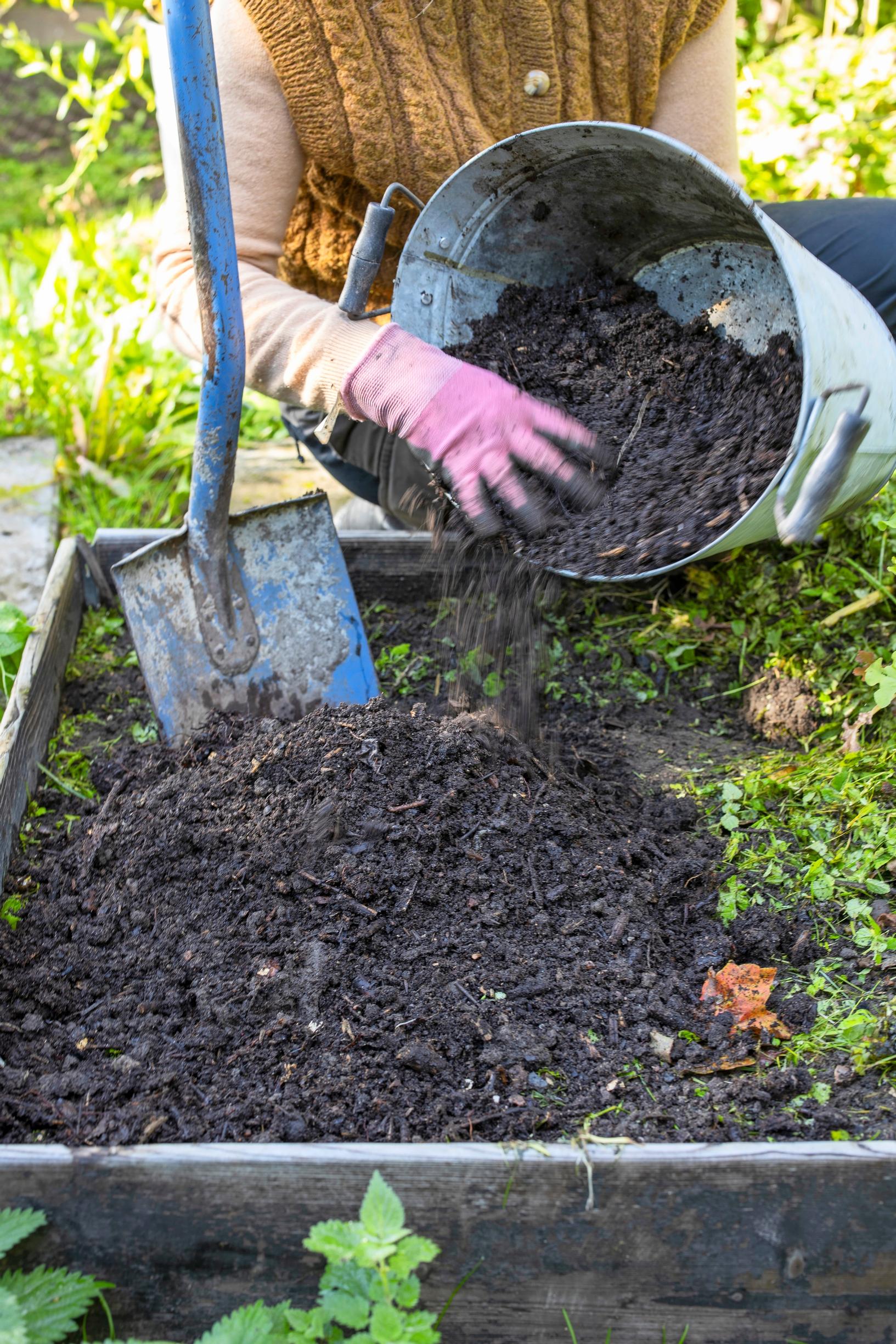
Spread as mulch
Mature compost soil works well as mulch for any garden plants, including herbs, perennials, and shrubs. Spread a 5–10 cm (2–4 in) layer.

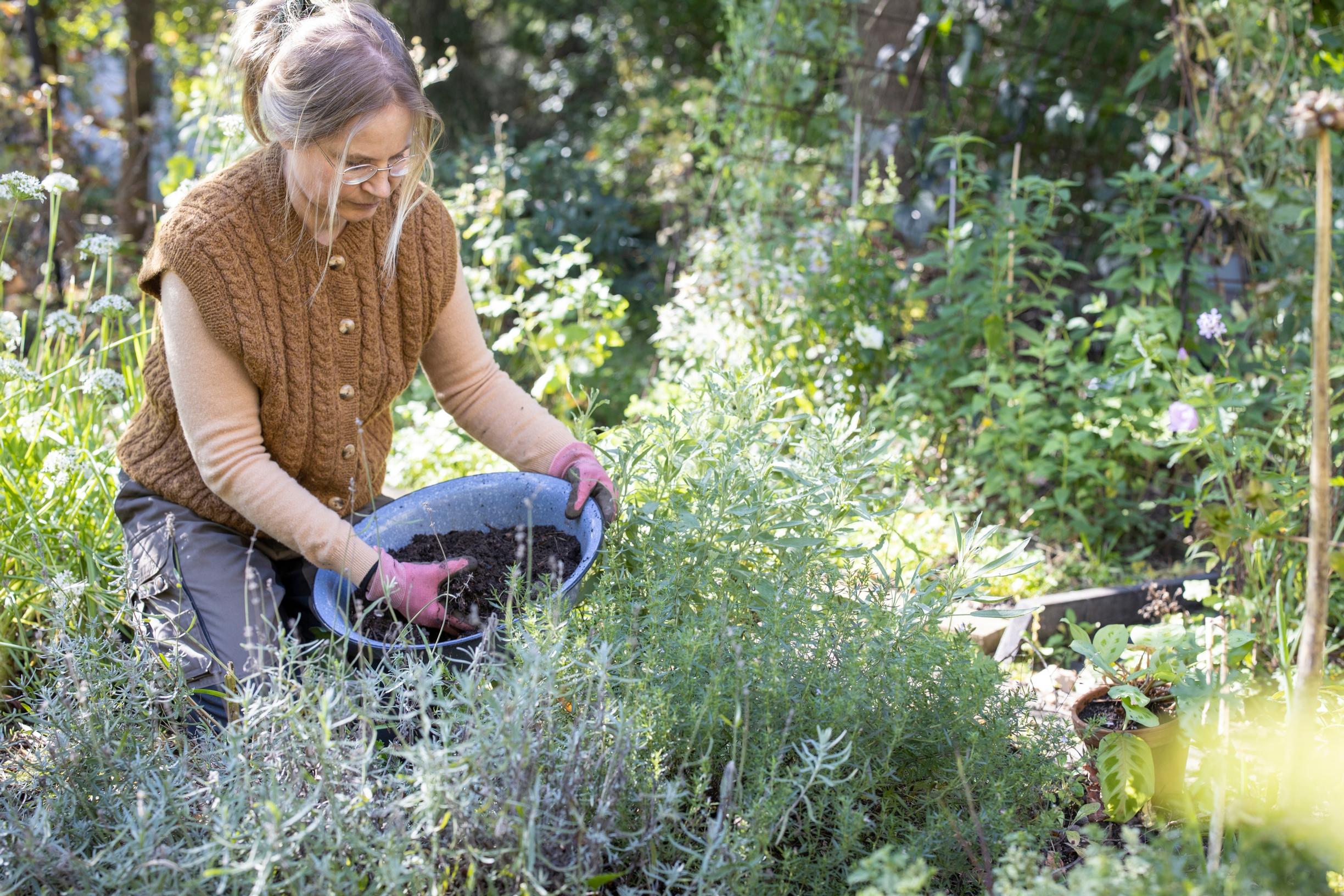
Use when planting
Mature compost soil has a lasting impact on the soil. Mix it into the growing medium when planting perennials.

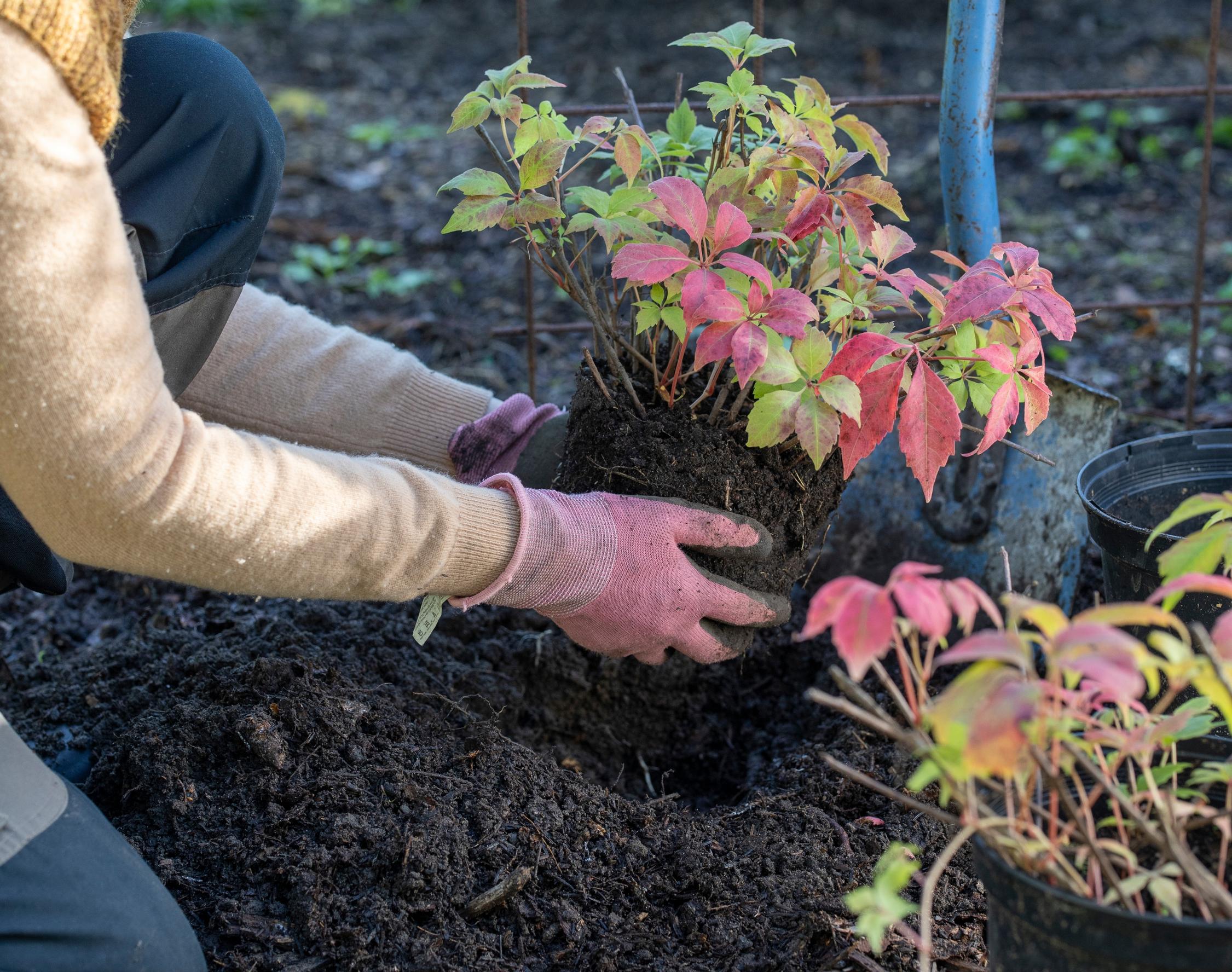
Use sparingly for flower bulbs
Also mix compost into the planting soil for hyacinths and other flower bulbs. Bulbs are prone to issues from excess water, so don’t surround them entirely with moisture-retaining compost.

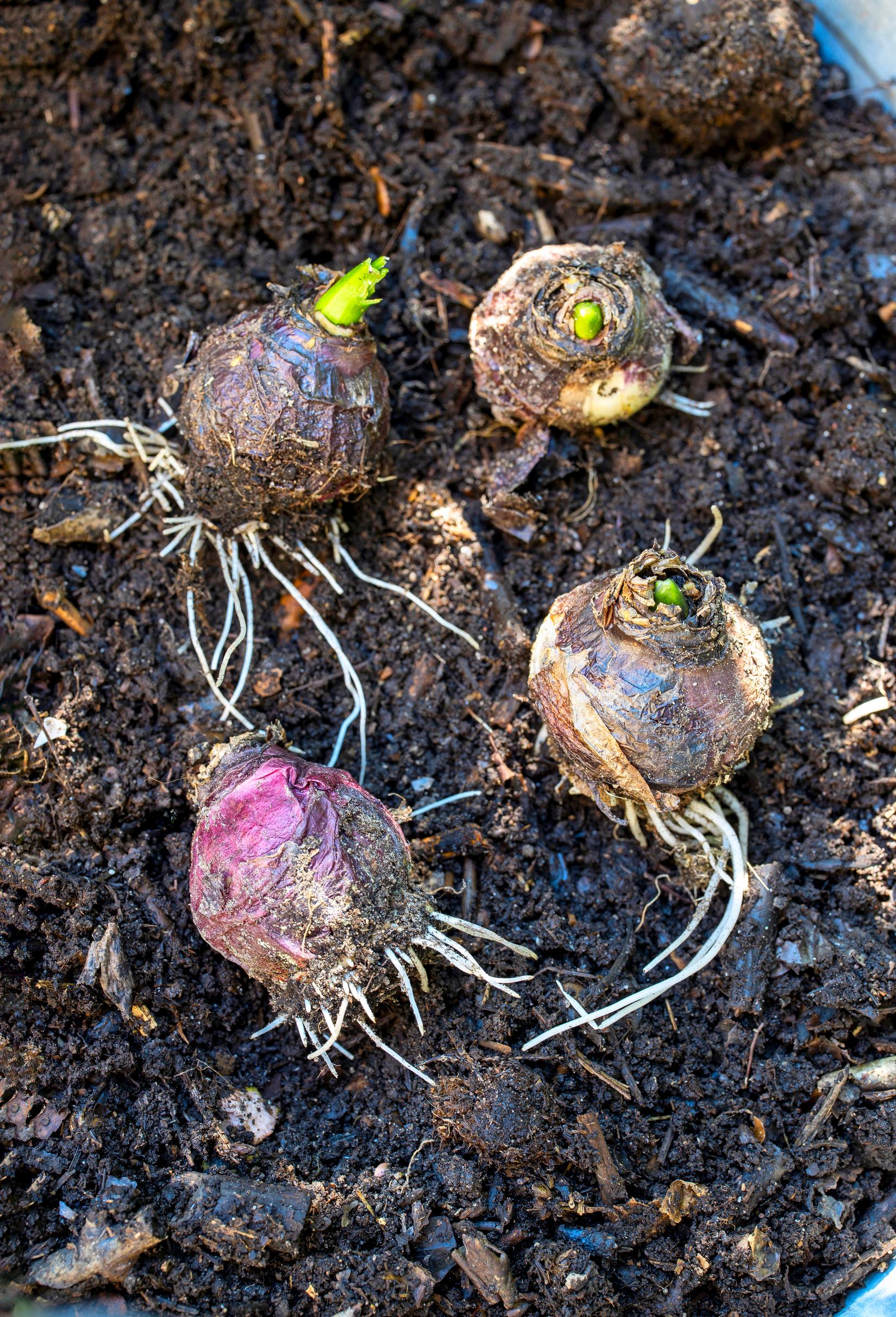
How to use semi-mature compost soil
If you’ve post-composted your compost soil for about 1–2 months and notice a temperature rise when turning it, the mass is still semi-mature. In autumn, you can place this semi-mature compost at the bottom of a raised or mound bed, topped with a layer of soil. First, add airy materials, such as perennial stems, at the bottom. Otherwise, consider waiting until spring to use semi-mature compost, either as mulch or for topsoil improvement. Its lively microbes help energize the soil.

